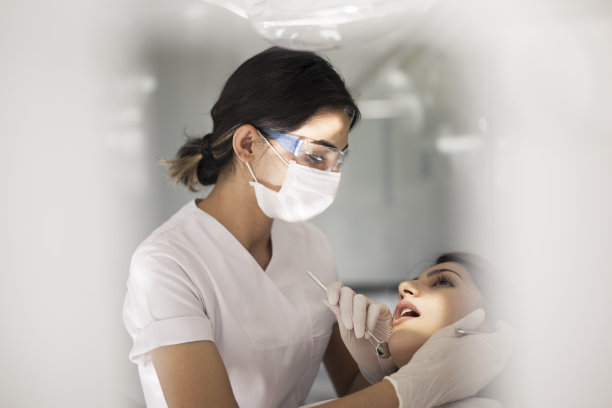The Essential Guide to Extracting a Tooth and Promoting Dental Health During Recovery
Summary: Extracting a tooth is often necessary for maintaining overall dental health, but the process doesn’t end once the tooth is removed. The recovery phase is crucial and requires proper care to promote healing and prevent potential complications. This guide will explore the essential steps for tooth extraction and highlight the best practices for promoting dental health during recovery. We will investigate preparation for the procedure, post-extraction care, nutrition for healing, and when to seek professional help. By following these guidelines, patients can effectively manage discomfort and ensure a smooth recovery.
1. Preparing for Your Tooth Extraction

Before undergoing a tooth extraction, adequate preparation is essential. Consulting your dentist will offer insights into the procedure, including potential risks and benefits. Understanding what to expect can significantly reduce anxiety associated with the extraction process.
It is advisable to disclose your medical history, including any medications or allergies, during the consultation. This information will help the dentist tailor the procedure to your needs and mitigate any risks. Additionally, your dentist may recommend imaging scans to assess the tooths condition, which aids in planning the extraction process.
Don’t forget to arrange for post-extraction transportation. Many patients receive sedation, which may affect their ability to drive. Having a friend or family member present helps ensure a stress-free journey to and from the dental office.
2. Post-Extraction Care for Your Mouth
Immediately following the extraction, proper care is crucial for effective healing. Bite down gently on gauze placed over the extraction site to control bleeding. It’s essential to keep this gauze in place for about 30-45 minutes, changing it as necessary until bleeding reduces.
In the initial days after the procedure, avoid vigorous rinsing, spitting, or using straws, as these actions can dislodge the blood clot needed for healing. Instead, opt for gentle rinsing with warm salt water to keep the mouth clean without disrupting the area.
Additionally, it’s vital to manage pain and swelling post-extraction. Ice packs applied externally can help reduce swelling while over-the-counter pain relievers can address discomfort. Always follow your dentists instructions regarding medications and pain management techniques.
3. Nutrition to Aid the Healing Process
Your diet plays a pivotal role in recovery after a tooth extraction. Initially, its best to stick to soft foods that require minimal chewing, such as yogurt, applesauce, and smoothies. These foods will provide necessary nutrients without causing irritation to the extraction site.
As recovery progresses, slowly introduce other gentle foods like mashed potatoes and scrambled eggs. Stay hydrated by drinking plenty of water, but avoid consuming hot beverages or acidic drinks, which can irritate the healing tissue.
Incorporating vitamins, particularly vitamin C and zinc, can enhance your recovery as they boost the immune system and encourage tissue repair. Consult a nutritionist if you’re unsure about how to maintain a balanced diet during this time.
4. When to Seek Professional Help
While some discomfort is normal after a tooth extraction, it’s crucial to recognize when to seek help. If you experience severe pain that worsens after a few days, it may indicate a complication such as dry socket or infection.
Other warning signs include excessive bleeding that doesnt subside, fever, and swelling that extends beyond typical post-extraction symptoms. If you encounter any of these symptoms, contact your dentist promptly for advice and possible treatment.
Moreover, attending follow-up appointments is an important aspect of recovery. These visits allow your dentist to monitor healing and address any potential complications before they escalate.
Summary:
Overall, extracting a tooth is a multi-step process that requires careful planning and diligent aftercare for proper recovery. Adequate preparation can ease anxiety and improve outcomes, while effective post-extraction care and nutrition are paramount for healing. Recognizing warning signs and maintaining follow-up with your dentist are equally important for ensuring a smooth recovery journey.
This article is compiled by Vickong Dental and the content is for reference only.


